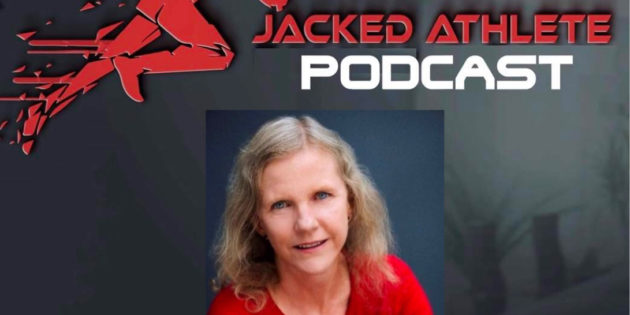Patellar Tendinopathy & Patellofemoral Pain
“Easily 50% of people who come with a diagnosis of tendinopathy to us, don’t have it.” “If I go to Patellar Tendinopathy, I think that number is up around 90%.”
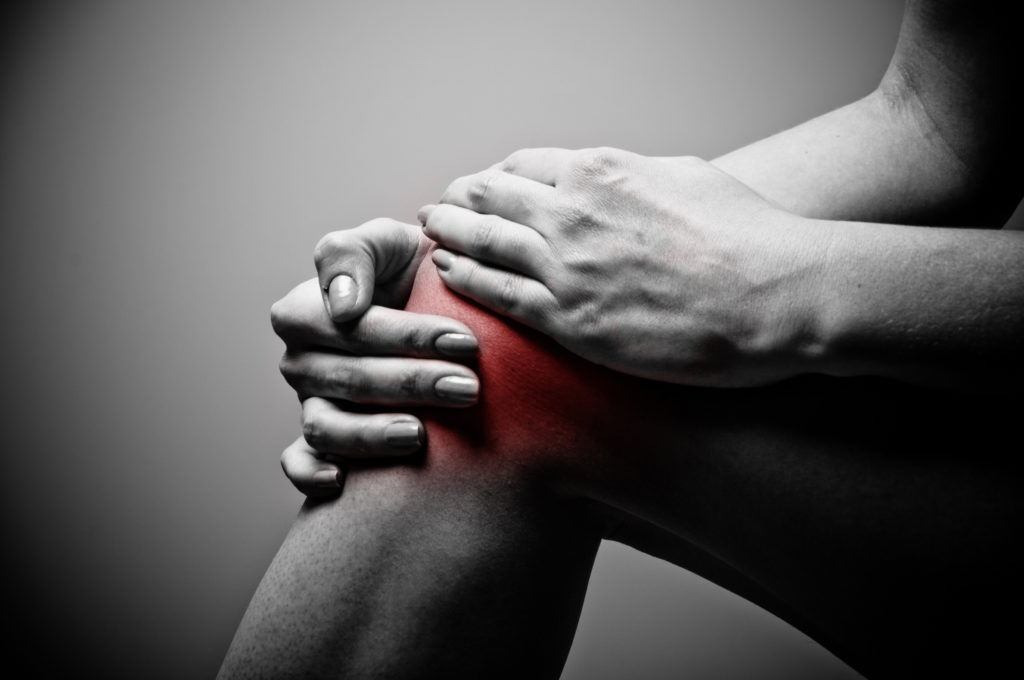
“It is horribly over-diagnosed.” “You can’t have a bit of both. You either have tendinopathy or you have patellofemoral pain.”
“Any female who presents with anterior knee pain will have patellofemoral pain unless they’re super elite.”
Differences
Patellofemoral Pain: “foot and the hip contribute substantially”
Patellar Tendinopathy: “about the quadriceps and the calf muscles”
“The only biomechanical issue that is absolutely linked to Patellar Tendinopathy… is a poor range of dorsiflexion… and a rigid, supinated foot.”
Calf Muscles
Jumper’s Knee: “You lose calf function as much as you lose quad function.”
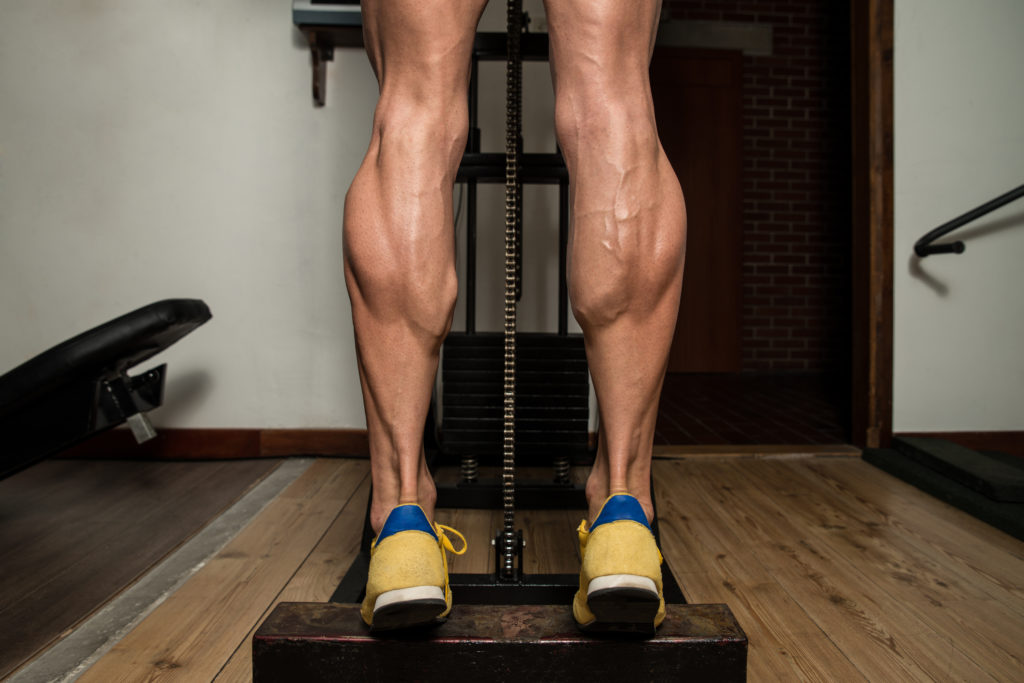
- Soleus (Change of direction).
- Seated, single-leg, each leg, slow, heavy
- Gastrocnemius (Jumping, Sprinting).
- Standing, single-leg, each leg, slow, heavy
Diagnosis
“The two clear diagnostic criteria to diagnose a Patellar Tendinopathy”:
- “The pain should be localized and stay localized.”
- “The pain should go up as you increase the load on the tendon.”
Landing Mechanics
Patellar Tendinopathy: “They don’t tend to get the pelvic drop on that side and the internal rotation of the femur.” “They don’t bend the knee.”
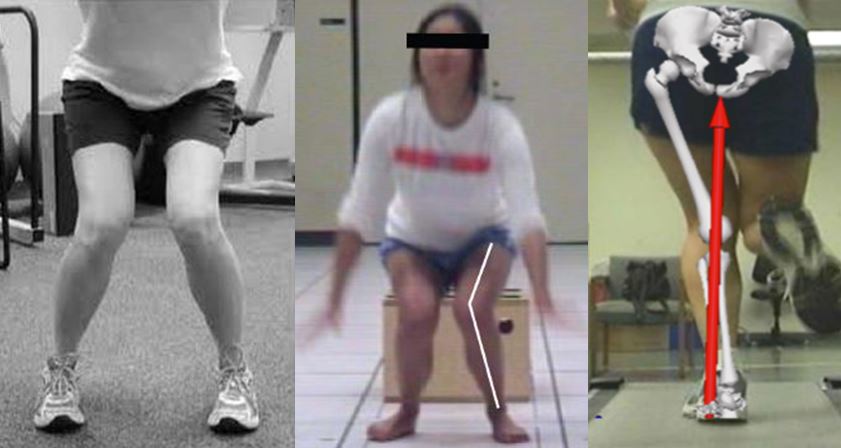
Patellofemoral Pain: “You’ll often see their hip rotate internally. You’ll see poor lumbopelvic control.”
Weighted plyometrics
- “It’s not giving you any advantage in terms of returning that person to sport.”
- “It’s highly provocative to the tendon.”
“Patellar tendons don’t like flywheel training.”
Landing versus Jumping
“If you’re aiming to actually put maximum load on the tendon, then you need to be jumping them, not landing them.”
“Your maximum load on any tendon is the turnaround from the maximum length of the spring… when you reverse that to release the energy out of the spring to jump.”
Tendon Strength & Stiffness
“Heavy, slow resistance and isometrics will both increase the strength, the mechanical stiffness of the tendon. And plyometrics don’t”
Potential reason why:
- “Plyometrics are such a multi-joint, multi-tissue movement.” Less focus on the muscle-tendon unit.
- “Heavy, slow resistance and isometrics are very focused on the muscle-tendon unit.”
Weightroom Specifics
“Squats tend not to be helpful for Patellar Tendon. Split Squats are a bit better.”
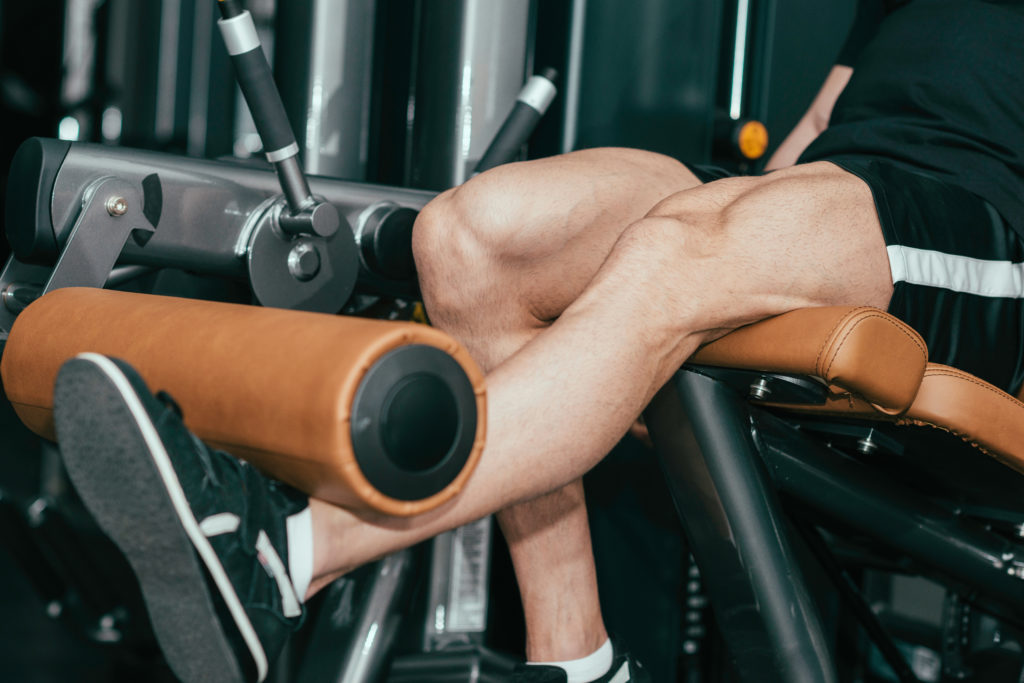
It’s more effective to load the muscle-tendon unit:
- Leg extensions
- Single-leg Leg Press
Other quotes
“As you get to outer muscle-tendon length, then the load on the tendon is higher. That’s absolutely true in the Achilles so one would have to assume that is absolutely true in the Patellar Tendon.”
On light-loaded exercises and blood flow restriction for Jumper’s Knee rehab: “You can’t do that with flippy floppy exercises. You actually have to have these people doing substantial loads so that they can return to their sport.”
“The tendon seems to need between 2 and 3 days to really recover from intense loading.”
“Patellar tendons hate sitting in a car.”
Best prevention from Patellar Tendinopathy:
- Stay strong. “Never ever ever let your strength program drop.”
- Don’t change load suddenly.
- Identify factors that feed into load on the tendon.
Follow Jill Cook on twitter: https://twitter.com/profjillcook?lang=en
